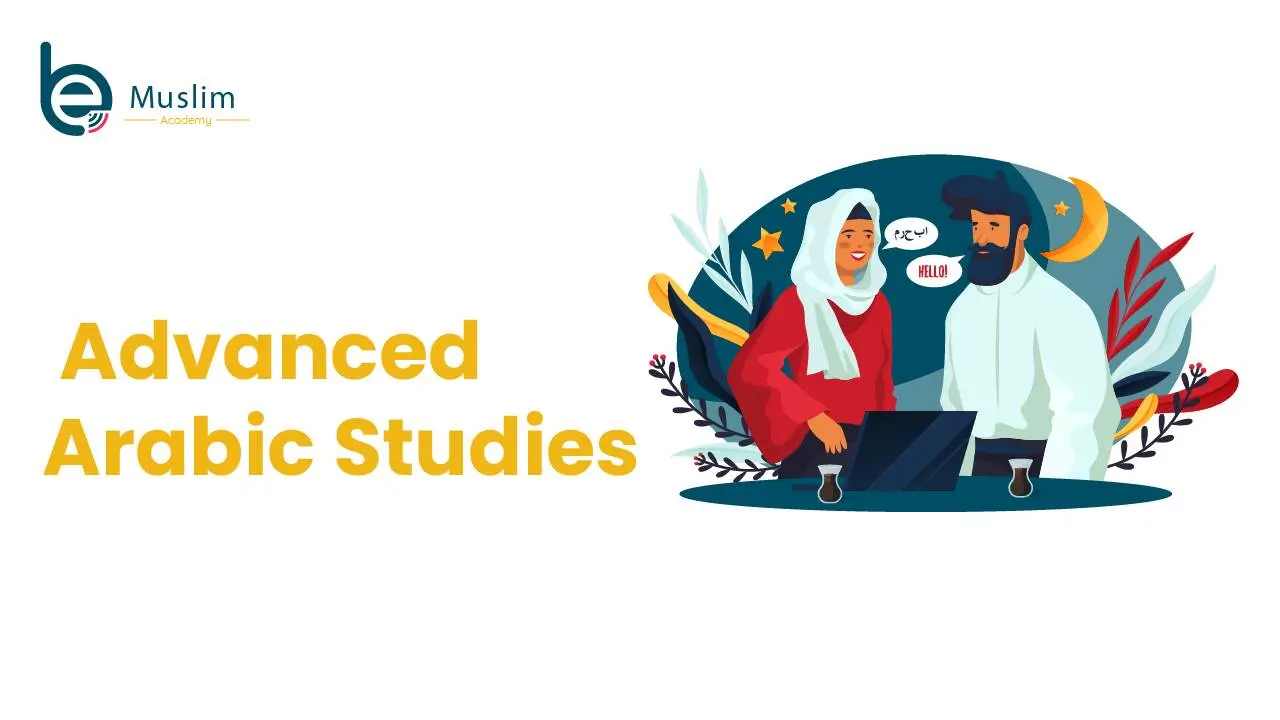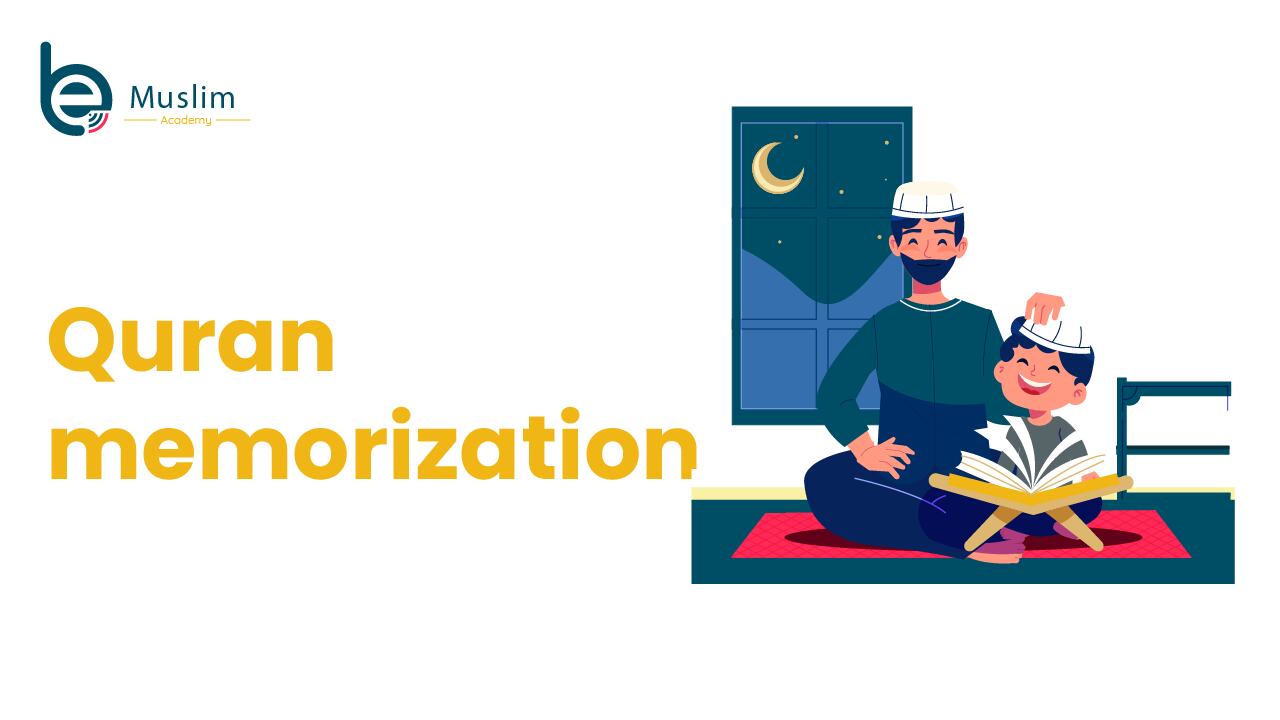Noorani Qaida Course
Be Muslim Academy’s Noorani Qaida Course is perfect for beginners to learn Quran online, mastering Arabic letters, pronunciation, and Tajweed from scratch.
Level
Beginners
Teachers
Male & Female
Be Muslim Academy’s Noorani Qaida Course is the ultimate starting point for kids, teens, and even adults who are new to Quranic reading and Arabic pronunciation. Designed with structured progression in mind, this course introduces students to the Arabic alphabet, helps them recognize and pronounce each letter correctly, and gradually builds up to forming words and reading complete verses with fluency and tajweed.
From learning Makharij (articulation points) to applying essential Tajweed rules, every lesson is crafted by experienced male and female tutors to ensure an engaging and personalized learning experience. Our curriculum is based on tried-and-true methods that make Quran learning enjoyable, accessible, and spiritually rewarding.
With interactive one-on-one online classes, students get direct guidance from certified tutors who adapt lessons based on the learner’s pace and ability. Whether your child is just starting to learn the Arabic script, or you’re an adult seeking to correct and improve your recitation, this course builds the solid foundation needed to read the Quran confidently and correctly.
In addition to core tajweed and pronunciation skills, students also gain a love for Quranic learning through gentle encouragement and regular practice. Our goal i
What You Will Learn From Noorani Qaida Course?
🔤 Arabic Alphabet Mastery
Students begin their journey by learning to identify, pronounce, and write all 28 Arabic letters accurately. Each letter is taught with attention to Makharij (articulation points), helping learners develop precise pronunciation from the very start. Writing practice is also included to build familiarity with the letter shapes.
🔗 Letter Joining & SyllablesUnderstanding how Arabic letters connect in different positions (beginning, middle, end) is essential for reading. Students practice joining letters into syllables and complete words, enabling them to decode Quranic text smoothly and confidently.
🎶 Short & Long Vowel Sounds (Harakat & Madd)Learners are introduced to the three short vowels—Fatha, Kasra, and Dammah—as well as Madd letters (Alif, Waw, Ya) that extend the sound of vowels. Accurate use of vowels is fundamental for correct recitation, rhythm, and understanding.
🔁 Tanween & Sukoon RulesThis section focuses on teaching the double vowel sounds (Tanween) and the concept of Sukoon (absence of a vowel). Students learn how to pause and read silent letters, which are commonly found in Quranic Arabic.
❗ Shaddah (Emphasis on Letters)Students are taught how to recognize and pronounce Shaddah, a sign that indicates a letter should be stressed or doubled. Mastery of Shaddah is crucial for intonation and emphasis in Tajweed and Quran recitation.
📜 Tajweed BasicsLearners are introduced to the core Tajweed rules required for fluent Quranic reading, including:
Ikhfa – nasal sound with hidden pronunciation
Idgham – merging of letters
Iqlab – conversion of one letter sound into another
Qalqalah – echoing effect on certain consonants
Each rule is explained with examples and practice words.
🗣️ Correct Pronunciation (Makharij & Sifaat)In-depth training on where each letter is pronounced from (Makharij) and its Sifaat (qualities or attributes), such as heaviness, softness, whistling, etc. This ensures error-free recitation and avoids common mistakes like confusing similar sounds.
🧩 Word Formation & Simple SentencesOnce basic letters and vowels are mastered, students begin reading fully formed words and short Quranic phrases, preparing them to understand sentence structure and improve fluency.
⏸️ Basic Rules of Waqf (Pausing & Stopping)A crucial part of Quran reading is knowing when and how to pause. Students learn the symbols and rules of stopping (Waqf) to avoid changing meanings and maintain correct rhythm and flow while reading.
📖 Application in Quran ReadingIn the final stage, students start reading actual short Quranic verses using everything they’ve learned. This prepares them for independent Quran recitation and builds confidence for moving on to full Surahs and Juz’.

- Instructor
Male & Female
- Level
Beginners
- Duration
40 Hours
- Enrolled
- Lesson
80 Lessons
GET IN TOUCH
Have questions about our Quran, Tajweed, or Arabic courses? Contact us today! Our team is ready to assist you in choosing the right online learning program for you or your child.
- info@bemuslimacademy.com
- +44 333 303 4409



